Fix: Microsoft Word and Outlook 2013 Crashing with ntdll.dll/MSVCR100.dll
At a point when using Microsoft Word or Outlook, especially in Office 2013, you may encounter these two application crashing with either ntdll.dll or MSVCR100.dll. In most cases, starting your PC in safe mode and performing other regular fixes may not work here.
This error is caused because Outlook (msvcr100.dll) and Word (ntdll.dll) msvcr100.dll are part of the Microsoft Visual C++ libraries, which numerous applications use. Ntdll.dll is a core Windows API file. Hence, the fact these dlls are causing problems suggests that you’ve recently installed an incompatible software or a faulty update, which in most cases is a faulty update. For most users, Windows Update KB3097877 was the culprit. In less likely scenarios, this can be caused by conflicting add-ons and corrupted user profiles.

In this article, we’ll be providing a fix to this issue using a few methods which include updating/removing the faulty Windows Update, installing a newer version of Microsoft Office and more.
Method 1: Fixing Windows Update KB3097877
Most people who had this issue pointed the cause to this Windows Update. Removing it fixes the problem but Microsoft has released a newer version of the update to fix the mess it created. It’s up to you to either delete KB3097877 or install all Windows Updates.
Removing Windows Update KB3097877
- Press the Start button, type ‘Control Panel’ and hit Enter. Navigate to Programs > Programs and Features. On Windows 8 and above, press Windows + X and select Programs and Features.
- Click on “View Installed Updates” on the left pane.
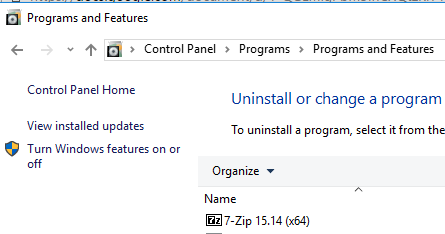
- Search through the list of Windows Updates and select “Update for Microsoft Windows (KB3097877) and the select Uninstall from the top. Go through the prompt to uninstall the update and then restart your computer.
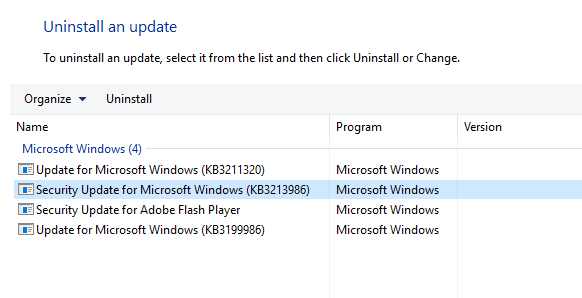
You can also perform a system restore as an alternative method.
Performing a Windows Update
- Click on the Start Button and type ‘Windows Updates’ and then hit enter.
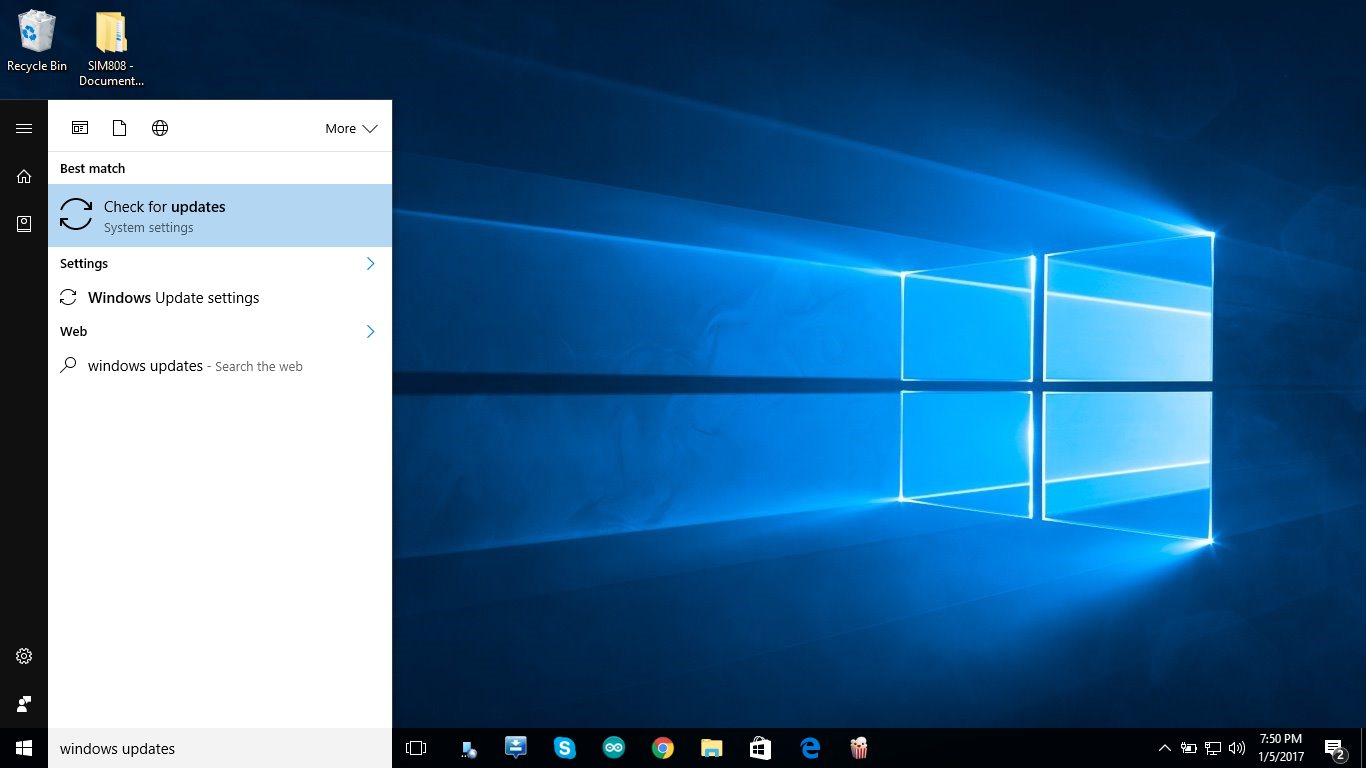
- Click ‘Check for Updates’ and then wait while Windows searches for updates for your PC.
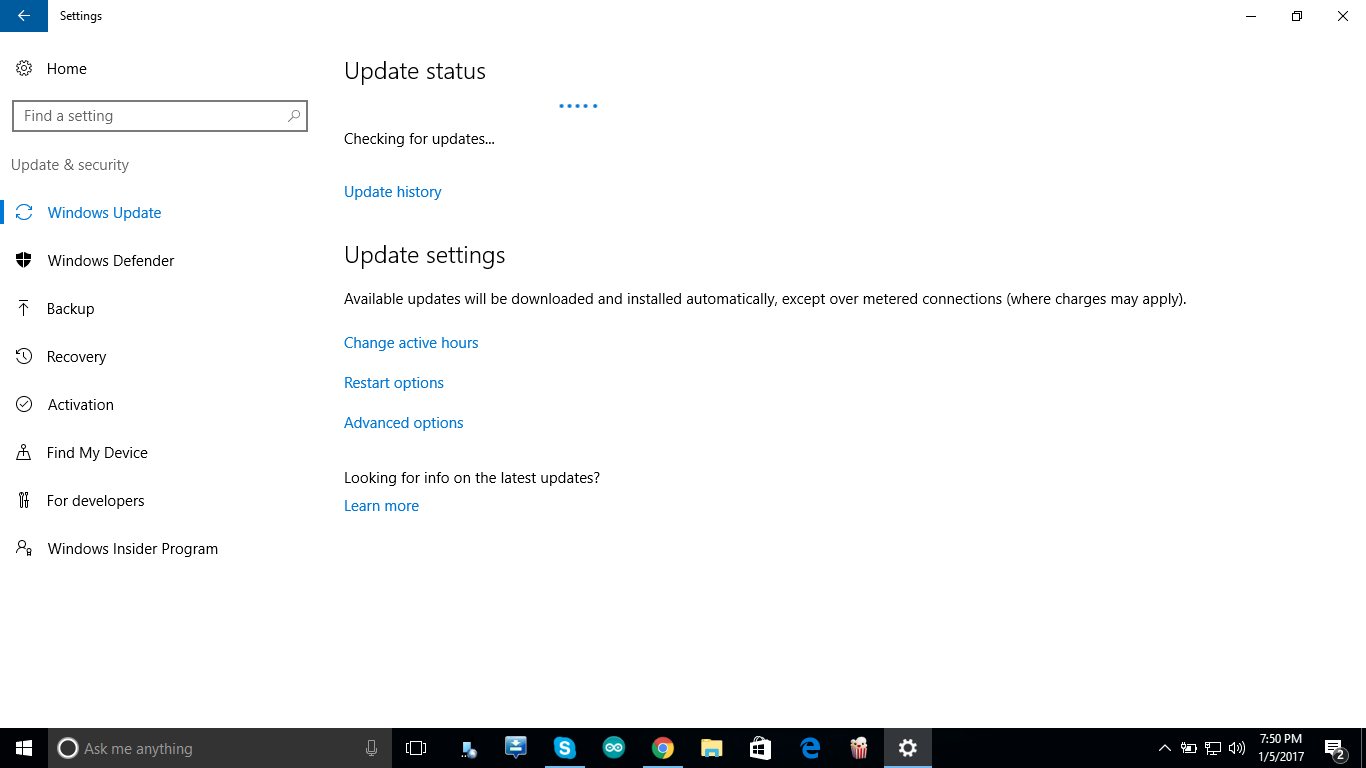
- If there are updates, you’ll see a message telling you that important or optional updates are available, or telling you to review important or optional updates, click the message to view the updates to install.
- In the list, enable the checkboxes for the updates Important or Optional, and then click Install.
Method 2: Using ResetNavPane
If this problem occurs in Outlook, running it with the /Resetnavpane switch is most likely to solve your problem.
- Press the Windows Key + R on your keyboard to launch the Run prompt.
- Type outlook.exe /resetnavpane in the box and click OK.
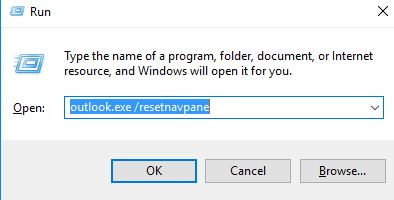
- Wait while Outlook starts again. After it’s loaded, the issue should disappear and Outlook should be running normally.
Method 3: Fixing Your Outlook Profile
You can scan your Outlook data file and fix the errors within the file causing the issue. This guide shows you how to how to fix a corrupted PST or OST data file.
If the above guide doesn’t yield any results, recreating your Outlook profile is just another way to solve this issue. Note that, when you create a new Outlook profile, your e-mail data will be lost from the previous profile if your account was configured as POP. If it was configured as IMAP your new profile will re-download everything from the webmail when you configure the new account. Here is how to recreate your Outlook profile.
- Hold the Windows Key and press R. Type
 and Click OK.
and Click OK.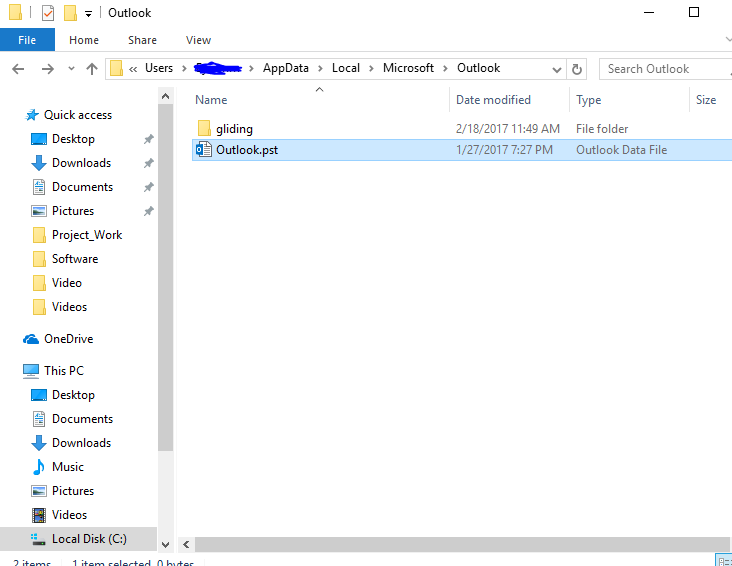
- Rename the file Outlook.pst to say Outlook.pst.bak so you have a copy in case of anything.
- Create a new Outlook profile. This guide show you how to do that.
- Launch Outlook and confirm whether the crashing has stopped.
Method 4: Installing a Newer Version of Microsoft Office
Older versions of MS Office have seem to be the victim of this error. Updating Microsoft Office to a newer edition will certainly fix the problem, unless you’re experience this issue on a newer version.
- Press the Start button, type Control Panel, and then press the Enter key.
- Go to Programs > Programs and Features and search for Microsoft Office 20xx.

- Select the application and then click Uninstall. Follow the steps in the uninstaller to remove the application.
- Grab your legal copy of Microsoft Office.
- Run the installer and follow the prompts.
- Wait while the application installs.
- Run Microsoft Word or Outlook and confirm if the problem ceases.